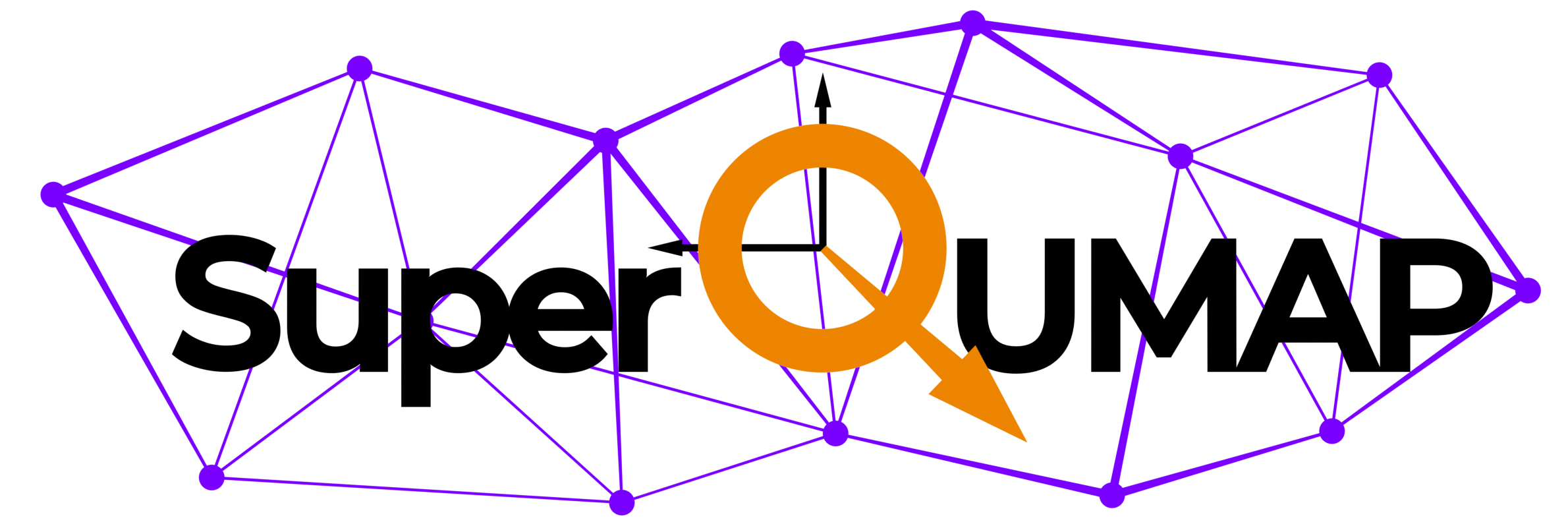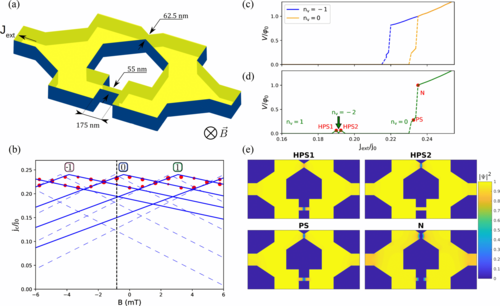Authors: Lukas Nulens, Heleen Dausy, Michał J. Wyszyński, Bart Raes, Margriet J. Van Bael, Milorad V. Milošević, and Joris Van de Vondel
Phys. Rev. B 106, 134518 – Published 31 October 2022
Abstract: We fabricated an asymmetric nanoscale SQUID consisting of one nanobridge weak link and one Dayem bridge weak link. The current phase relation of these particular weak links is characterized by multivaluedness and linearity. While the latter is responsible for a particular magnetic field dependence of the critical current (so-called vorticity diamonds), the former enables the possibility of different vorticity states (phase winding numbers) existing at one magnetic field value. In experiments the observed critical current value is stochastic in nature, does not necessarily coincide with the current associated with the lowest energy state and critically depends on the measurement conditions. In this paper, we unravel the origin of the observed metastability as a result of the phase dynamics happening during the freezing process and while sweeping the current. Moreover, we employ special measurement protocols to prepare the desired vorticity state and identify the (hidden) phase slip dynamics ruling the detected state of these nanodevices. In order to gain insights into the dynamics of the condensate and, more specifically the hidden phase slips, we performed time-dependent Ginzburg-Landau simulations.




